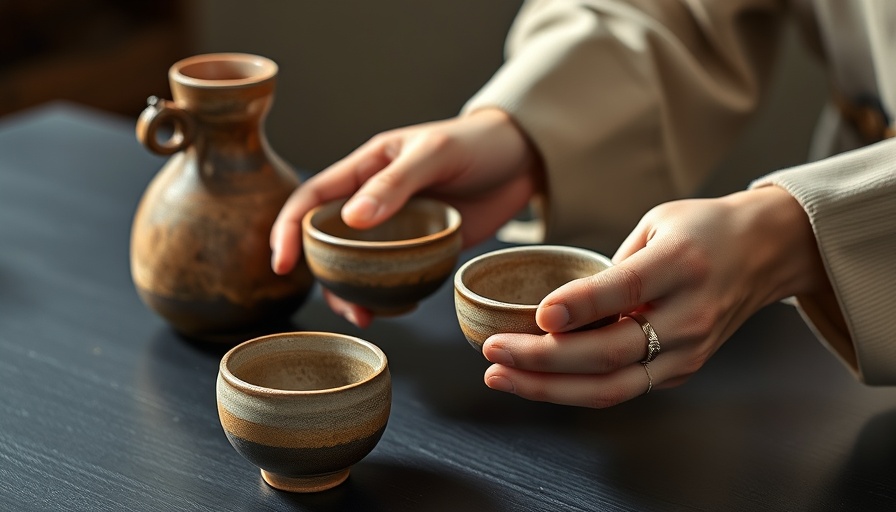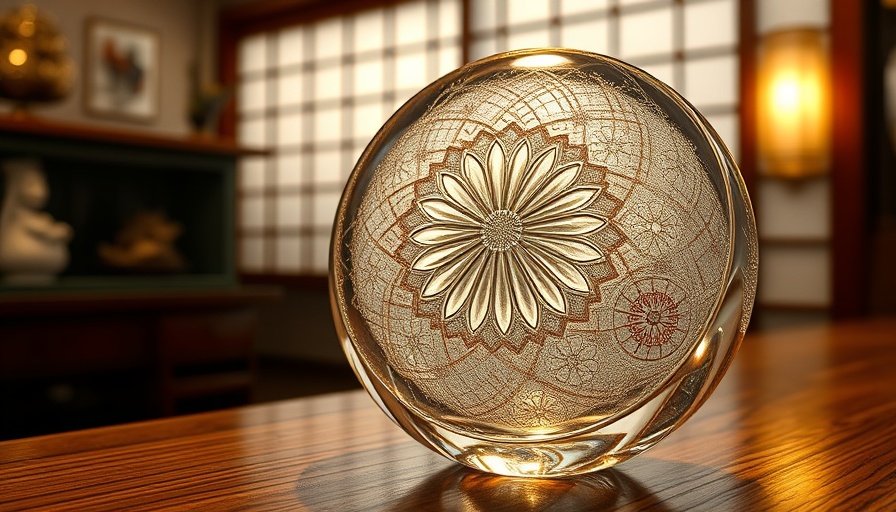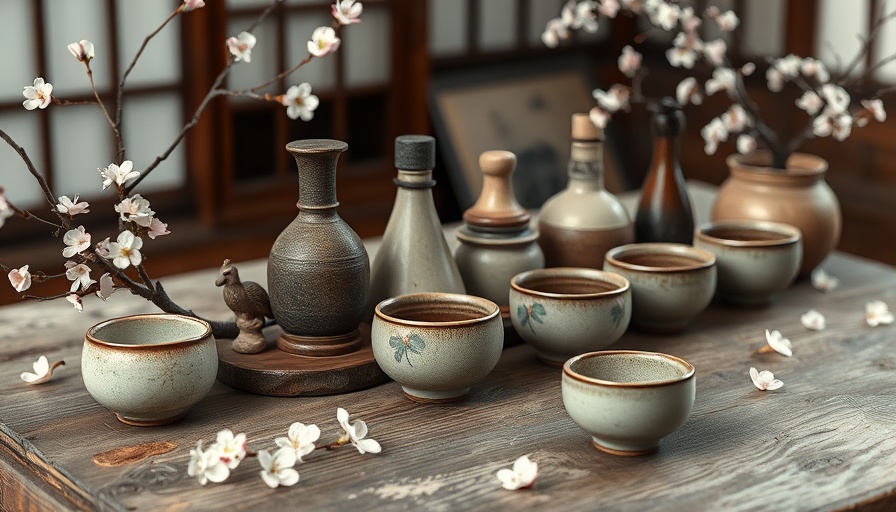
The Art of Sake: A Time-Honored Tradition
Sake, often referred to as rice wine, is not just a beverage; it is a reflection of Japanese culture and craft. Sake brewing is a meticulous process that has evolved over centuries, showcasing the deep connection between tradition and innovation in Japan. While many think of sake as merely a fermented drink, understanding the brewing methods reveals layers of artistry and science.
Understanding the Brewing Process
The production of sake involves several steps, each important in creating its unique flavor profile. At the heart of this process is the use of rice, water, yeast, and koji mold. The transformation of these basic ingredients into a flavorful drink is nothing short of a miracle.
First, sake brewers select premium-grade rice, often polished to remove the outer layers, which can contain unwanted flavors. This polishing process determines the quality of the sake; the more the rice is polished, the purer and more refined the resulting sake. Following this, water quality plays a crucial role in the brewing process, as it influences the overall taste and character of the sake.
Tradition Meets Innovation in Sake Brewing Techniques
While the traditional methods of brewing sake have remained relatively unchanged, modern techniques are increasingly being incorporated into the process. For instance, the introduction of temperature-controlled fermentation allows brewers to create a wider range of flavors and aromas. Some brewers even experiment with fruit and herbs, pushing the boundaries of traditional sake flavors.
Additionally, the use of technology has made brewers more efficient while still respecting the artisan craftsmanship involved. Innovations such as precision brewing tools and digital monitoring systems enable brewers to maintain consistency in their products while exploring new flavors.
Pairing Sake with Culinary Delights
Sake is versatile; its pairing with food can enhance both the meal and the drink. Traditional pairings often include sashimi, sushi, and various Japanese dishes. However, more and more food lovers are discovering how sake complements cuisines beyond Japan. From spicy tacos to rich Italian sauces, sake is proving to be an incredible match for various culinary experiences.
A Global Appreciation for Sake
The appreciation for sake has crossed global boundaries, with more bars and restaurants featuring it on their menus. As craft breweries emerge worldwide, the dialogue around sake is shifting, becoming more inclusive. This opens up opportunities for diverse cultural expressions and adaptations, making sake accessible to international palates.
Final Thoughts on Sake Brewing
As we explore the intricate world of sake brewing methods, we gain insight not just into a beverage but into a rich cultural narrative. The delicate balance between tradition and innovation is what makes sake an extraordinary drink. Whether you are a sake enthusiast or a curious newcomer, understanding its origins enhances the experience of each sip.
 Add Row
Add Row  Add
Add 




 Add Row
Add Row  Add
Add 

Write A Comment